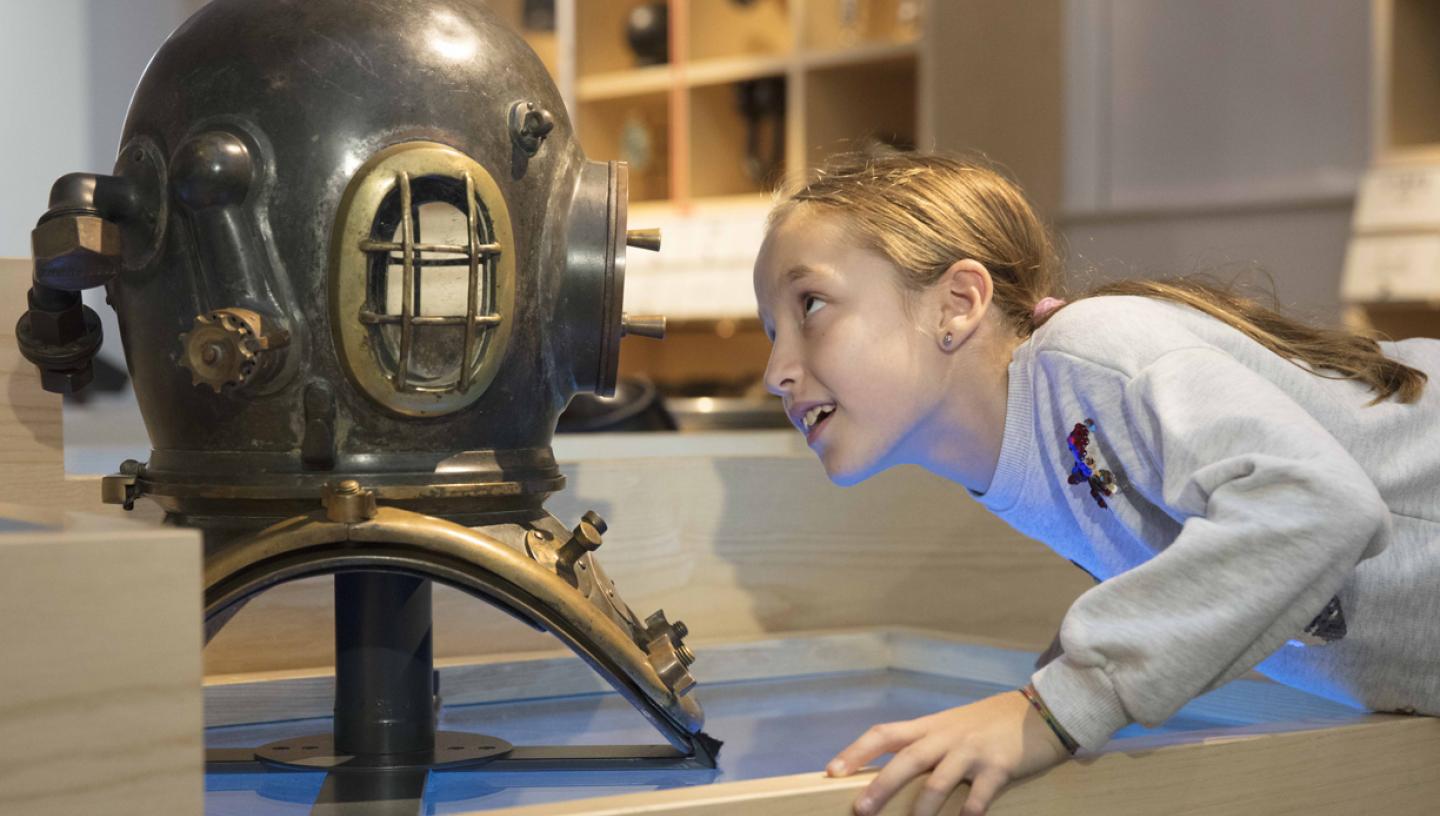
Queen Elizabeth I: Colonising America
In the 1570s and 1580s, Queen Elizabeth I granted royal permission to two Englishmen to colonise America.
As Spain had laid claim to much of South and Central America, England’s attention was directed to the eastern coast of North America. Sir Humphrey Gilbert led three unsuccessful attempts to establish a colony in America, but in 1583 was lost at sea while returning home.
The following year, Elizabeth granted a patent to his half-brother, Walter Raleigh, transferring Gilbert's rights to a large swathe of land on America's east coast.
Walter Raleigh
Raleigh was a soldier, poet, courtier and adventurer. He charmed Queen Elizabeth I with his good looks, wit and manners, and became one of her favourites during the early 1580s. In addition to his patent for America, Raleigh was granted a wine-trading monopoly in 1583, and appointed Captain of the Queen's Guard in 1586. He used his influence at court to promote a colonial policy that challenged Spain's global domination.
Raleigh and Roanoke Island
After an exploratory voyage in 1584, Raleigh decided that Roanoke Island, off the coast of North Carolina, was the spot to plant a colony. He lobbied vigorously for state funding but to no avail. Queen Elizabeth I did not allow high-risk ventures to be sponsored by the state, offering only royal permissions.
Raleigh’s initial forays into the colonisation of America were funded by private investors. He sponsored a number of attempts to establish an English colony at Roanoke Island, which he named 'Virginia' in honour of Queen Elizabeth ‘the Virgin Queen’ in 1585. The first group of 107 men landed in July 1585, and included artist John White and scientific adviser Thomas Harriot. They were charged with surveying and mapping the new territory and recording the indigenous people, plants and animals found there.
This first attempt at colonisation was abandoned within a year due to harsh weather and insufficient supplies. However, the work of White and Harriot, including maps, drawings and notes, helped to garner interest in the area and further investment for a second expedition.
The lost colony
The next attempt at founding a colony in Virginia was more ambitious. This time, John White was named governor and the group included families, who were also investors in the project. In July 1587 White, joined by around 150 men, women and children, arrived safely in Virginia.
Raleigh had instructed the group to head for the Chesapeake Bay area north of Roanoke Island but, for some reason, the group returned to the previous settlement instead. The birth of the first English child in America, White's granddaughter, Virginia Dare, was recorded on 18 August 1587 in the 'Citie of Ralegh in Virginia'.
On this trip the settlers had arrived too late to plant crops, so White returned to England for more supplies. When he reached home, England was on the brink of war with Spain, which erupted in 1588. All ships and supplies were diverted from the Virginia enterprise to national defence.
As a result, Raleigh and White's relief voyage was delayed until 1590. When White arrived back, he discovered the settlement abandoned with no trace of its inhabitants. The fate of the 'Lost Colony' was never ascertained and remains a source of speculation to this day.
A foundation for the future
The disappearance of the 'Lost Colony' was a hard blow, and the vision of America as a source of instant wealth disappeared with it. The dream to establish a permanent colony in Virginia was not realised until the settlement of Jamestown by the Virginia Company in 1607.
Although these first attempts at colonising America ended in failure, the drive and ambition of Elizabeth's adventurers laid the foundation for the successes that followed.
Using our collections for research
The collections at Royal Museums Greenwich offer a world-class resource for researching maritime history, astronomy and time.
Find out how you can use our collections for research



